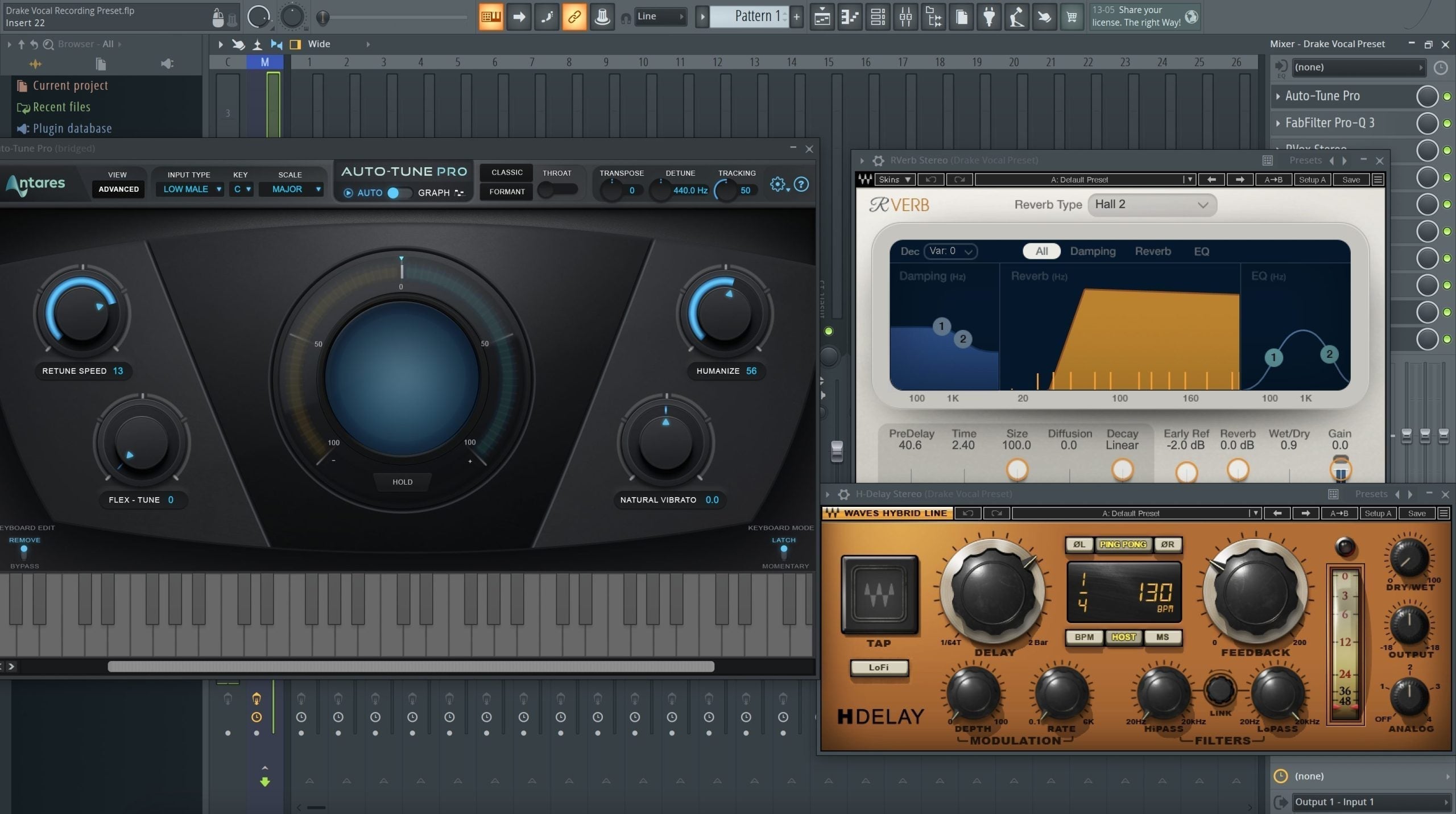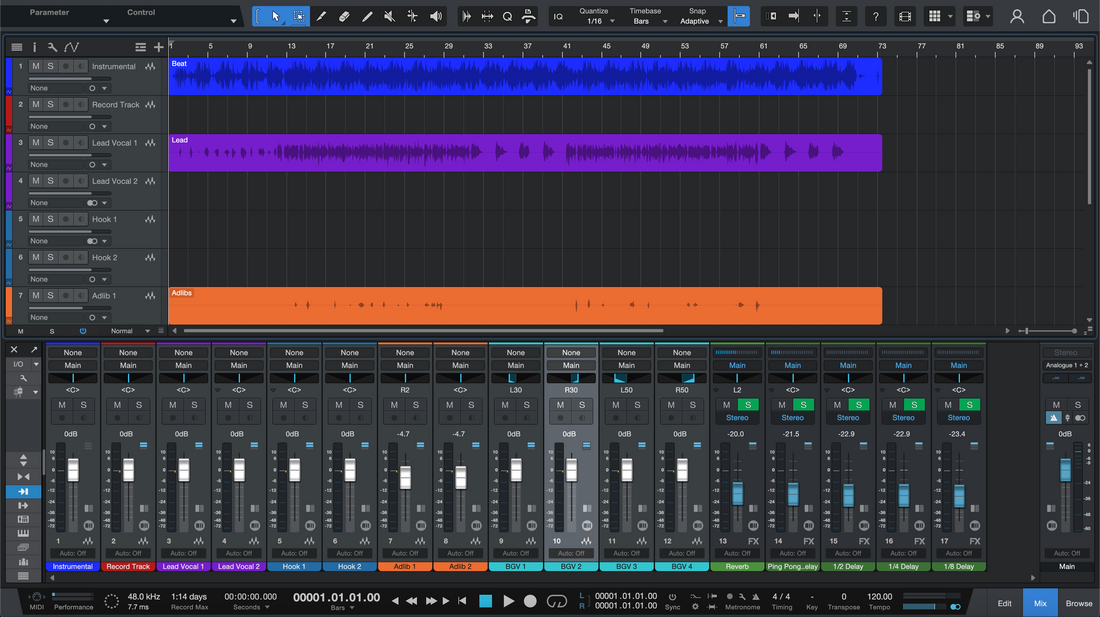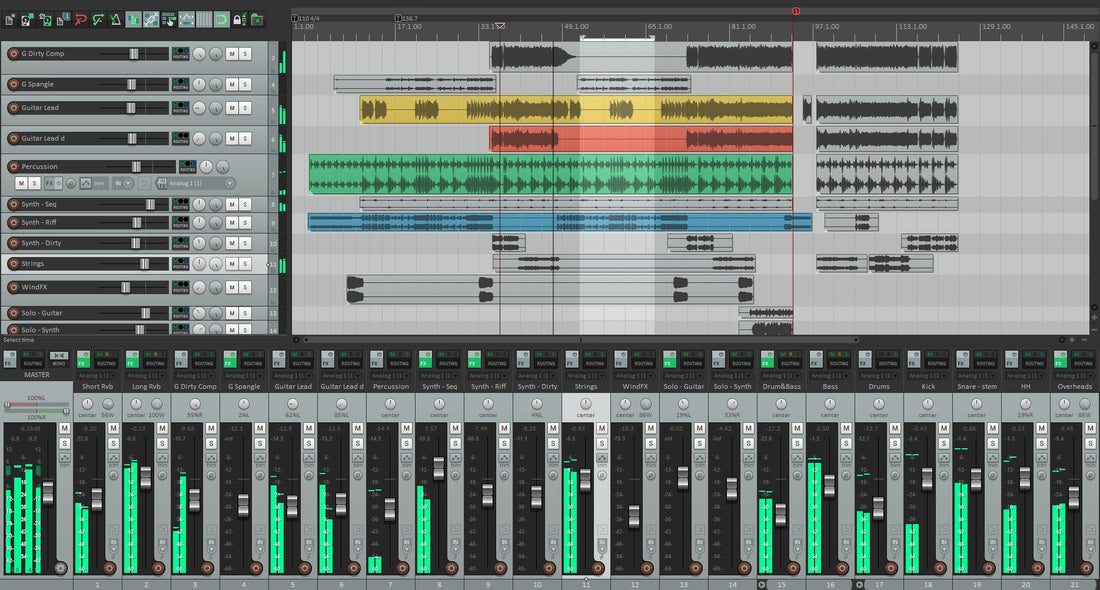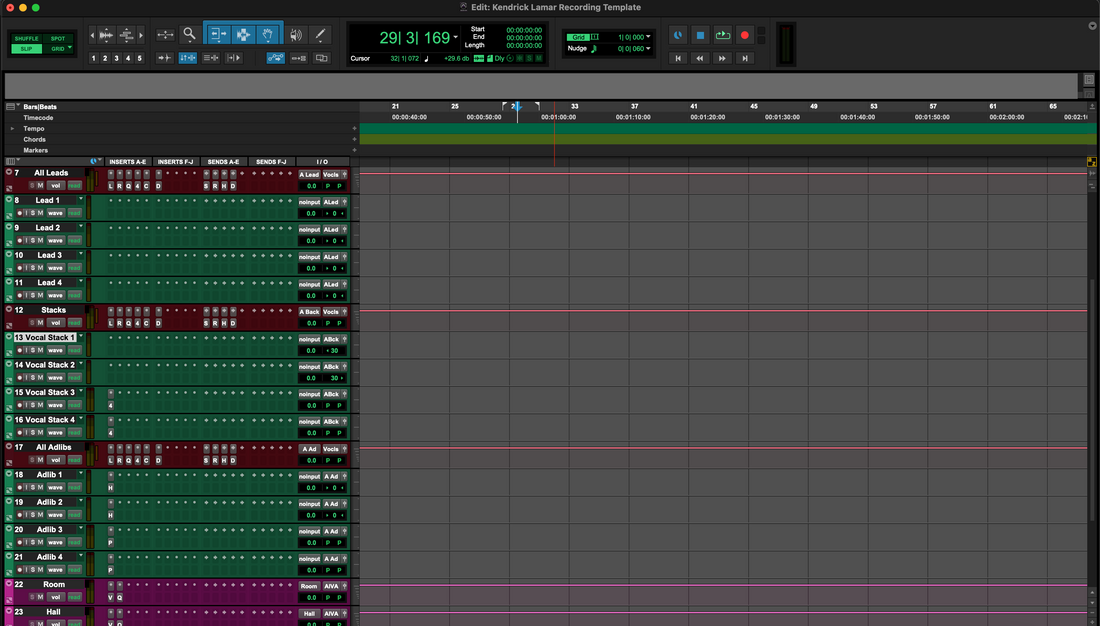I. 介绍

A. FL Studio模板简介
欢迎来到激动人心的 FL Studio模板世界!如果您是录音艺术家、工程师或制作人,您将享受到极大的便利。FL Studio模板在音乐制作中是一个改变游戏规则的工具。它们为您的项目提供了一个方便的起点,提供预配置的框架,节省时间并提升工作流程。
B. 在音乐制作中使用模板的好处
在音乐制作中使用模板带来诸多好处。首先,模板通过消除每次都从头设置项目的需求,简化了您的创作过程。它们提供了坚实的基础,让您更多地专注于艺术创作。此外,模板帮助您在不同项目间保持一致性,确保声音和制作风格的连贯。因此,无论您是初学者还是资深专业人士,FL Studio模板都能革新您的音乐制作体验。
II. 如何制作FL Studio模板
A. 理解模板组织的重要性
- 解释高效工作流程和节省时间的重要性
创建有组织的FL Studio模板对于顺畅高效的工作流程至关重要。通过结构良好的模板,您可以避免在重复任务上浪费时间,专注于真正重要的创意方面。将音轨、插件和设置整理有序,您将显著提升生产力。
- 强调在模板创建中结构化方法的必要性
以明确的计划来进行模板创建。考虑您项目中常用的元素,如音轨、效果和路由选项。通过预先规划模板结构,您将创建一个适合您特定需求和风格的基础。
B. 创建FL Studio模板的步骤:
- 使用所需设置配置您的项目
首先设置项目的首选采样率、位深和其他项目特定设置。这确保您的模板和项目之间的一致性。
- 准备音轨和路由选项
整理您的音轨,分配合适的名称,并设置路由选项,以在模板中建立逻辑流程。这将使导航和混音更加直观。
- 添加常用效果和插件
将您常用的效果和插件整合到模板中。这可能包括均衡器、压缩器、混响或任何其他塑造您声音的必备工具。
- 自定义MIDI和音频设置
根据您的偏好定制MIDI和音频设置。调整量化、延迟和MIDI控制分配等参数,以匹配您期望的工作流程。
- 保存模板以备将来使用
一旦您完美组装了模板,将其保存为专用文件以供将来使用。这使您能够一键访问个性化设置,显著加快工作流程。
C. FL Studio 模板管理的最佳实践
- 定期更新和优化您的模板
定期审查和更新您的模板,以反映工作流程或首选插件的任何变化或改进。这保持您的模板新鲜并最大化其效率。
- 备份您的模板以确保安全
始终备份您的模板以防止任何潜在的数据丢失。使用外部存储设备或基于云的解决方案确保您宝贵设置的安全。
- 利用文件夹结构和命名规范便于导航
使用明确定义的文件夹结构和一致的命名规范组织模板中的轨道、样本和插件。这使得查找和管理资源更加容易。
- 使用颜色编码和标签技术
利用 FL Studio 的颜色编码和标签选项,直观区分模板中的轨道、组和部分。这增强了清晰度并加快了工作流程。
- 利用模板预设针对不同流派或项目类型
尝试为不同流派或项目类型创建模板预设的不同变体。通过创建特定流派或项目的预设,您可以快速适应不同的音乐风格或客户需求,节省时间和精力。
III. 结论

A. 文章回顾:
FL Studio 模板为音乐制作人提供了节省时间的解决方案,使他们能够使用预配置的设置和有序的轨道开始项目。
B. 强调使用 FL Studio 模板的好处:
提高生产力,增强创造力,更高效的工作流程,使艺术家能够专注于他们的音乐。
C. 在 BCHILL MUSIC 上探索 FL Studio 模板:
访问我们的网站,BCHILL MUSIC,探索多样化的 FL Studio Vocal Presets。通过利用这些专业制作、针对各种流派和制作风格量身定制的模板,释放您的音乐制作的全部潜力。













